Working towards a Digital Twin of Earth
Thursday, 14 October 2021 07:45
How can a digital replica of Earth help us understand our planet’s past, present and future? As part of the fourth edition of Φ-week taking place this week, a group of European scientists have put forward their ideas on the practical implementation of Digital Twins and the potential application areas for a Digital Twin Earth in the real world.
Prince William tells space tourists: fix Earth instead
Thursday, 14 October 2021 07:07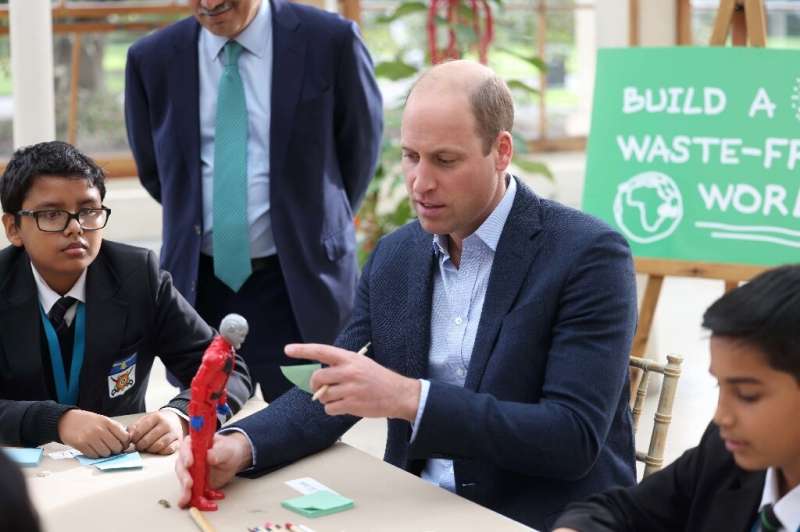
Britain's Prince William has launched an attack on space tourism, urging more attention on problems closer to home ahead of the COP26 climate summit.
The comments by Queen Elizabeth II's grandson were airing in a BBC interview later Thursday, a day after "Star Trek" star William Shatner became a real space traveller on Blue Origin's second crewed mission.
The mission replayed the company's maiden human flight in July, which included its founder Jeff Bezos of Amazon and was seen as a breakthrough for the emerging space tourism sector.
But Prince William said: "We need some of the world's greatest brains and minds fixed on trying to repair this planet, not trying to find the next place to go and live."
Virgin Galactic, which offers a similar experience of a few minutes' weightlessness and a view of the Earth's curvature from the cosmos, launched its founder Richard Branson in July, a few days before Bezos.
A first for search and rescue from space
Thursday, 14 October 2021 07:01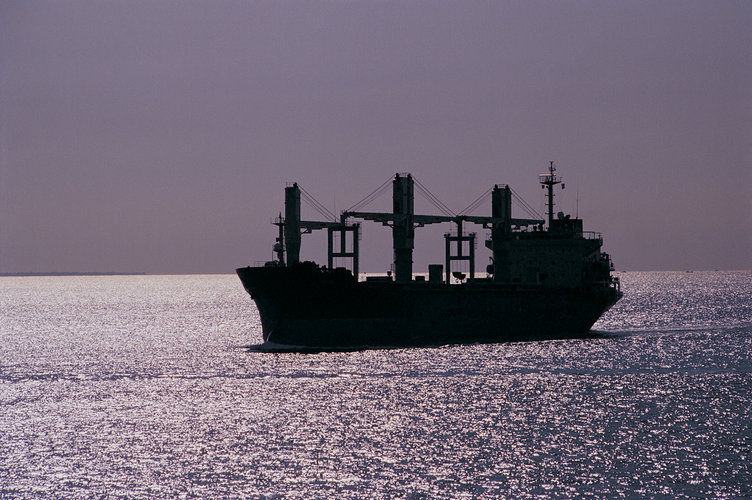
Between September 1982 and December 2020, at least 51 512 people were rescued on land and at sea with help from a network of Earth-orbiting satellites able to detect and locate emergency distress beacons.
Funding the future of European space through OSIP in 2021
Thursday, 14 October 2021 06:00
What do high-tech sponges, aircraft shaped like falcons and 3D printers on the Moon have in common?
They can all be found among the topics of the 87 research and development activities funded by ESA's Discovery & Preparation programme between November 2020 and April 2021.
SpaceLink hires OHB to build data relay satellites
Wednesday, 13 October 2021 23:35
SpaceLink has awarded OHB System AG a contract with an anticipated value of more than $300 million to manufacture four satellites for its commercial space data relay constellation.
CAPSTONE launch delayed to March 2022
Wednesday, 13 October 2021 21:06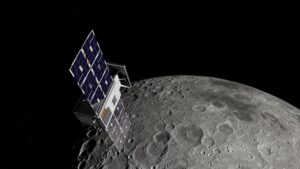
The launch of a NASA cubesat mission that will test the orbit to be used by the lunar Gateway has slipped to next March, the result of broader launch delays Rocket Lab has suffered because of the pandemic.
Space Force recruiters pitch military service to warriors and dreamers
Wednesday, 13 October 2021 20:06
Maj. Gen. Ed Thomas, commander of the Air Force Recruiting Service, said the Space Force met its goal last year of recruiting nearly 400 guardians. Next year the target has been raised to 500.
NASA turns to the cloud for help with next-generation Earth missions
Wednesday, 13 October 2021 18:03
As satellites collect larger and larger amounts of data, engineers and researchers are implementing solutions to manage these huge increases.
The cutting-edge Earth science satellites launching in the next couple of years will give more detailed views of our planet than ever before. We'll be able to track small-scale ocean features like coastal currents that move nutrients vital to marine food webs, monitor how much fresh water flows through lakes and rivers, and spot movement in Earth's surface of less than half an inch (a centimeter).
VC firm Embedded Ventures signs cooperative agreement with U.S. Space Force
Wednesday, 13 October 2021 16:23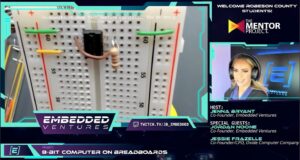
Embedded Ventures, a venture capital firm investing in space startups, has signed a multi-year agreement with the U.S. Space Force.
Physicists propose a new method for defending the Earth against cosmic impacts
Wednesday, 13 October 2021 15:56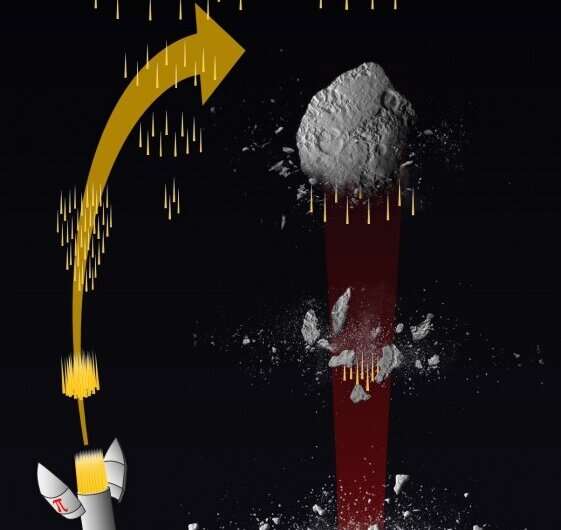
In February of 2013, skywatchers around the world turned their attention toward asteroid 2012 DA14, a cosmic rock about 150 feet (50 meters) in diameter that was going to fly closer to Earth than the spacecraft that bring us satellite TV.
Little did they realize as they prepared for the once-in-several-decades event that another bit of celestial debris was hurtling toward Earth, with a more direct heading. On Feb. 15, 2013, the Chelyabinsk meteor, a roughly 62-foot (19 meter)-diameter asteroid exploded over the city of Chelyabinsk, Russia, as it entered Earth's atmosphere at a shallow angle. The blast shattered windows and damaged buildings, and nearly two thousand people were hurt, though thankfully no one died.
"It turned out that two completely independent asteroids were coming by that day," said Philip Lubin, UC Santa Barbara professor of physics, and one of the many scientists anticipating 2012 DA14's near-Earth rendezvous. "One of them we knew was going to miss the Earth. The other one, we didn't even know it was coming."
For Lubin and scientists like him, incidents like these underline the importance of robust planetary defense—the detection, tracking, characterization and ultimately defense against potentially dangerous asteroids and comets.
'It was unbelievable': Star Trek's Shatner becomes real life astronaut
Wednesday, 13 October 2021 15:00
"Star Trek" actor William Shatner finally became a real space traveler on Blue Origin's second crewed mission Wednesday, calling it the most profound experience of his life.
"It was unbelievable," said the 90-year-old Canadian, known to the sci-fi show's legion of "Trekkies" as the daring Captain James T. Kirk, a role he first played more than half a century ago.
He was joined on the 11-minute journey beyond Earth's atmosphere and back again by three others: Blue Origin executive Audrey Powers, Planet Labs co-founder Chris Boshuizen, and Glen de Vries of Medidata Solutions.
A New Shepard rocket took off from the company's West Texas base around 9:49 am (1449 GMT) after experiencing two brief delays, eventually soaring to 66 miles (106 kilometers) above sea level.
William Shatner, TV's Capt. Kirk, blasts into space
Wednesday, 13 October 2021 14:24
Hollywood's Captain Kirk, 90-year-old William Shatner, blasted into space Wednesday in a convergence of science fiction and science reality, reaching the final frontier aboard a ship built by Jeff Bezos' Blue Origin company.
The "Star Trek" hero and three fellow passengers soared an estimated 66 miles (106 kilometers) over the West Texas desert in the fully automated capsule, then safely parachuted back to Earth in a flight of just over 10 minutes.
Shatner became the oldest person in space, eclipsing the previous record—set by a passenger on a similar jaunt on a Bezos spaceship in July—by eight years.
Blue Origin launches second crewed New Shepard mission
Wednesday, 13 October 2021 14:11
Blue Origin launched Star Trek actor William Shatner and three others into space on a brief suborbital flight Oct. 13, the second crewed flight of the company’s New Shepard vehicle.
William Shatner to be oldest astronaut at 90: How space tourism could affect older people
Wednesday, 13 October 2021 13:00
Is space really the final frontier? William Shatner is set to find out as he boldly goes where no 90-year-old has gone before. Some 55 years after Captain James T Kirk hit our screens in the original Star Trek, Shatner will launch to the edge of space aboard Blue Origin's New Shepard for a ten-minute sub-orbital flight.
Shatner will become the oldest person to go to space, breaking the record set only recently by 82-year-old Wally Funk, who traveled on the New Shepard's first crewed spaceflight in July. Funk was one of the Mercury 13 women who qualified for spaceflight in the 1960s but never flew.
With commercial spaceflight companies now taking older people to space, it's timely to consider the potential physical impact space flight might have on them.
In just a few days in space, the human body starts to adapt. Astronauts' bones start to lose density and their muscles become smaller and weaker because they're not being used to stand up against gravity or to move around.
Euclid Telescope completes space test in Belgium
Wednesday, 13 October 2021 13:00 Video:
00:00:41
Video:
00:00:41
ESA’s Euclid mission aims to investigate dark matter, dark energy and the expanding Universe.
Euclid has reached a new milestone in its development with successful testing of the telescope and instruments showing that it can operate and achieve the required performance in the extreme environment of space.
At Centre Spatial de Liège (CSL) in Belgium, the payload module (containing the telescope and scientific instruments) was packed in a thermal tent, after which it was loaded in a large vacuum tank where it underwent intensive testing.
Euclid experienced simulated space conditions in vacuum with the payload module cooled to -150oC, the
